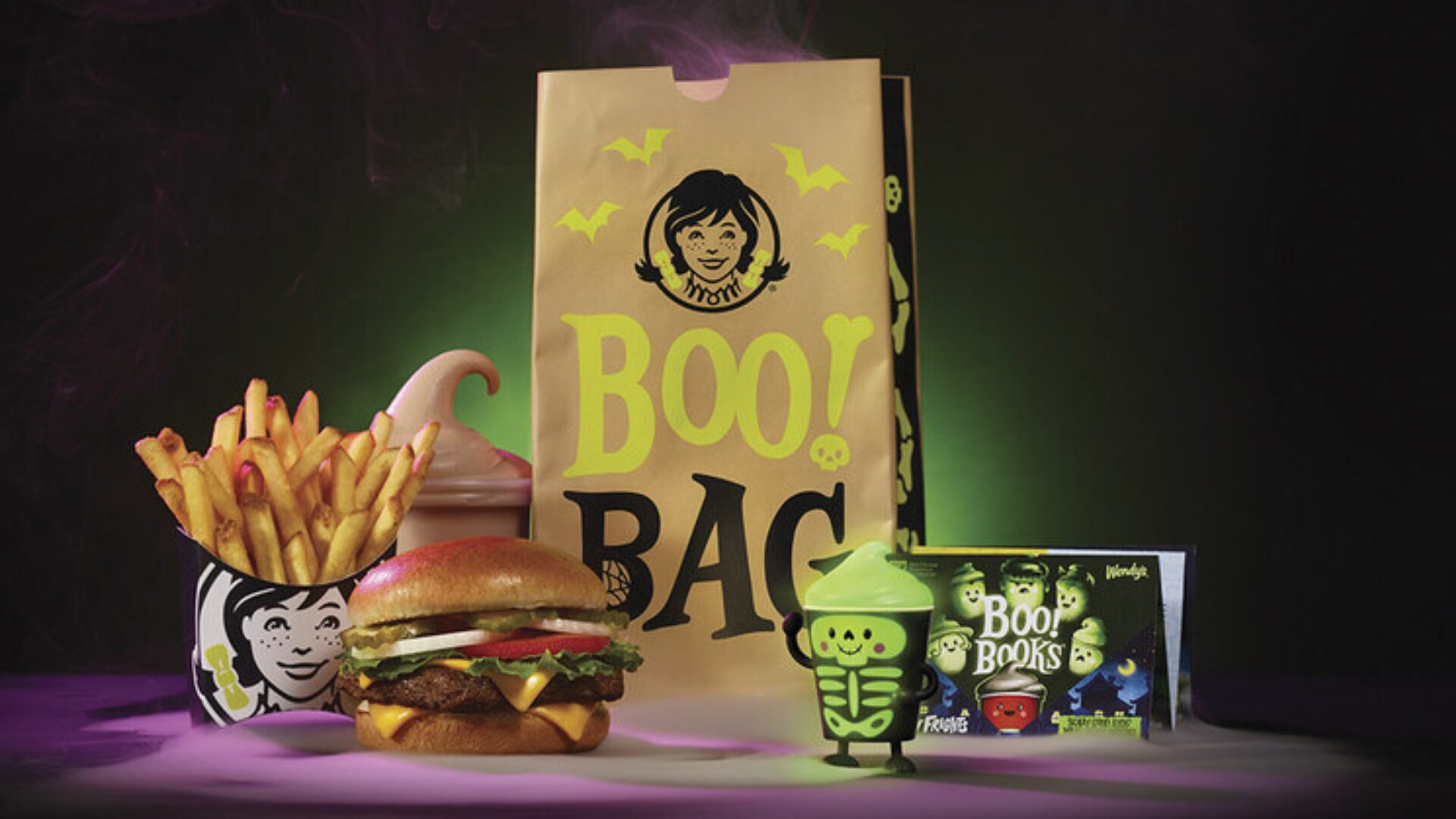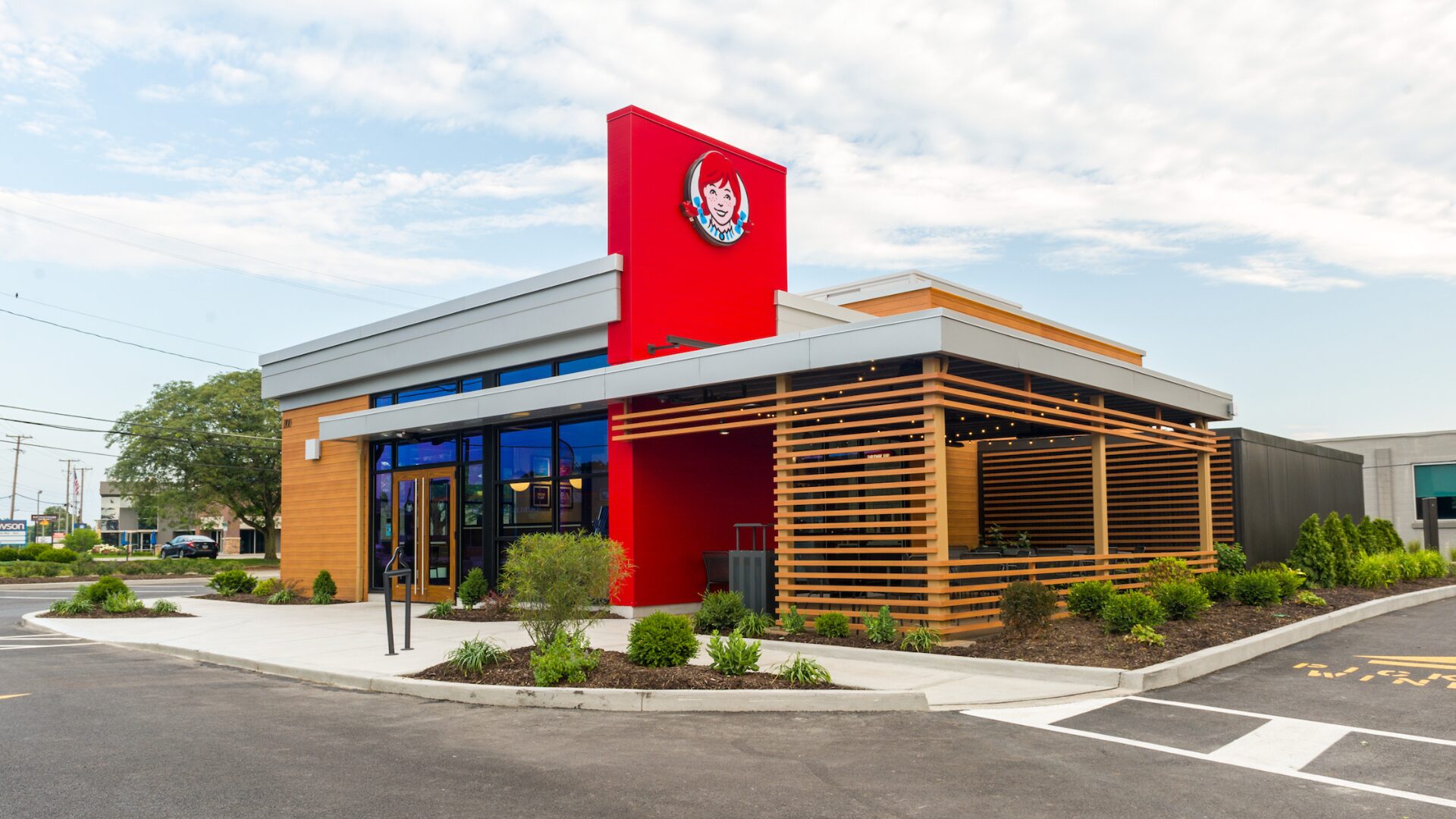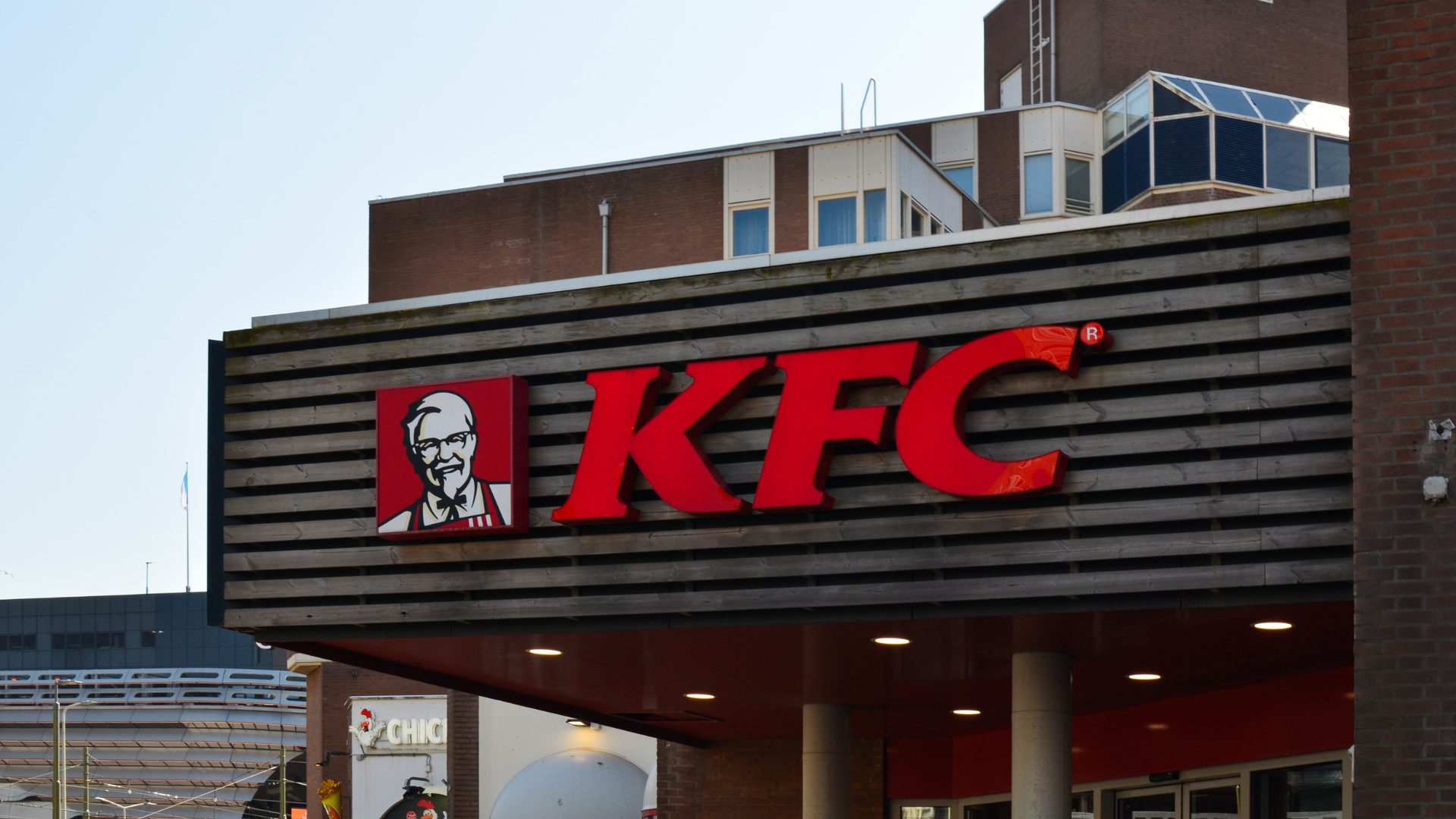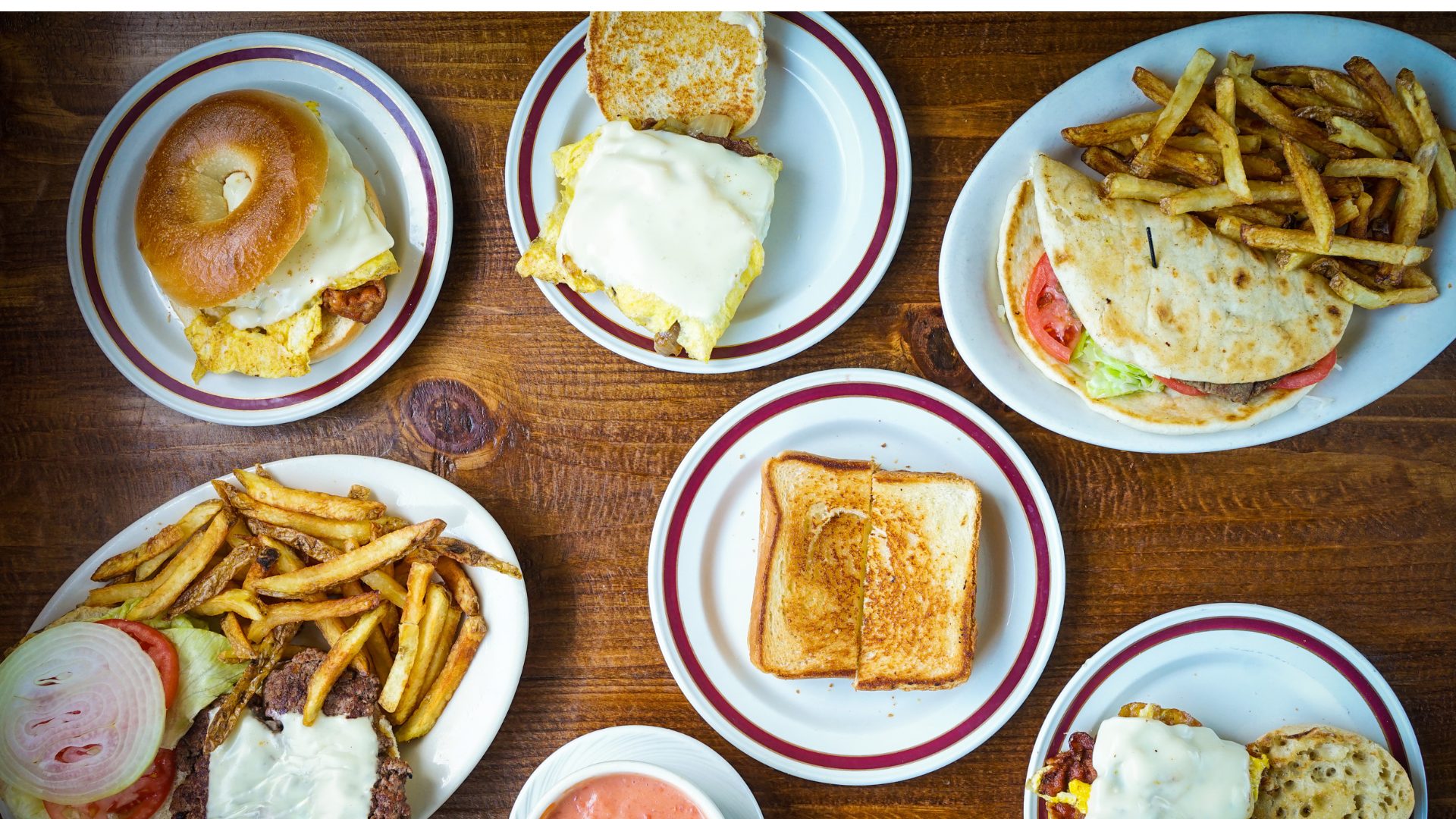Wendy’s recently revived its seasonal Boo! Bag meal featuring a Dave’s Single, small Hot & Crispy Fry, small Frosty, glow-in-the-dark Bone Chiller Frosty figurine, and coupon book.
While the promotion originally targeted kids, the chain has set its sights on another type of consumer – the kidult, which Cambridge defines as “an adult who likes doing or buying things that are typically intended for children” like collecting toys or going trick-or-treating without actual children present.
And this year, it’s happening more than ever.
A Kidult in a Candy Store
In a recent survey by Ferrero, 40% of (adult) respondents said Halloween is their favorite holiday.
What’s more, 67% of adults with kids plan to keep a secret candy stash for themselves, 58% will decorate their homes for Halloween, and 47% plan to wear costumes.
It helps that brands ranging from Chipotle and Dunkin’ to Cinnabon and Auntie Anne’s are providing plenty of fodder for costume inspiration.
Redefining Adulthood
While grownups with childlike interests have gotten a bad rap in the past, modern psychologists assert that play can improve mental health, boost creativity, and relieve stress for adults – as long as it’s balanced with responsibilities, of course.
As for when adulthood begins, opinions vary among generations. For Gen Z, it’s apparently age 27, as even the traditional markers of adulthood like buying homes and having children remain unaffordable for the young demographic.
Millennials have grappled beneath economic constraints for over a decade, with many attempting to balance crushing student loan debt with high housing costs and stagnant wages. Their number one vice? Nostalgia.
“Millennials often feel a heightened sense of nostalgia, fondly remembering childhood as a simpler time,” said Vicki Breon, Brand + CX Strategist/Designer at Priority Designs, a product development and innovation firm that’s collaborated with the likes of Nestle.
“Purchase decisions are overwhelmingly emotional, and Millennials tend to over-index on food and beverage spending compared to previous generations,” Breon told FI.
“By offering products that call back to nostalgia and childhood memories, people can easily justify a ‘little treat’ to bring them back to the past,” she added.
And Wendy’s isn’t the only brand that’s aware of this phenomenon.
Kidult-Friendly Dining
McDonald’s Spain just launched a Happy Meal for adults to celebrate the 30th anniversary of Friends, which includes a figurine of a main character.
Taco Bell is also capitalizing on cravings for simpler times with its “new” Decades Menu of classics like the ’80s Meximelt and ‘00s Caramel Apple Empanada — and with all items priced under $3, the menu appeals to the value-conscious crowd as well.
Kidulting is old news for the casual-dining sector, which has seen a slew of barcades and restaurants with kidult themes in the last few decades, including the Cartoon Kitchen, Hello Kitty Café, Pokemon Café, and Comicx.
Kidult-Friendly Retail
On the retail side, brands have launched everything from Lunchables Uploaded and lunch boxes for adults to Nesquik Protein Powder and craft beers that taste like cereal.
Smartmouth Brewing revived its Saturday Morning Marshmallow in March for the sixth consecutive year, which it claims inspired the “beereal craze.”
That said, Colorado’s Black Bottle Brewery made headlines in 2014 for buying up all of the area’s Count Chocula cereal boxes for its Cerealiously series.
The true source of the flavor trend, it appears, is Momofuku’s former pastry chef Christina Tosi, who debuted a Cereal Milk Soft Serve in 2006 that put her Milk Bar brand on the national map.
These examples signal that while “Adultoween” is about to end, kidadulting is a year-round phenomenon that’s likely here to stay.
The Food Institute Podcast
Restaurant results for the second quarter weren’t stellar, but people still need to eat. Are they turning to their refrigerators, or are restaurants still on the menu for consumers? Circana Senior Vice President David Portalatin joined The Food Institute Podcast to discuss the makeup of the current restaurant customer amid a rising trend of home-centricity.












